by Chris Goff
Built in 1982, The Friendship Statue is billed as one of the main tourist attractions in Kiev, Ukraine. It stands beneath the People’s Friendship Arch as a testament to the friendship that exists between Russia and Ukraine.
What? Wait a minute…
In 2014, didn’t Russia invade Crimea, triggering a war that’s killed more than 10,000 people?
And just recently, didn’t Nikolai Patrushev, Secretary of Russia’s Security Council, state that: “The Kiev authorities are doing everything to split Ukraine, implementing the West’s scenario to break Ukraine away from Russia, while ignoring the interests of its own people?” Didn’t he just warn Ukraine that: “The continuation of such policy by the Kiev authorities can contribute to the loss of Ukraine’s statehood?”
That’s friendship for you.
My first thriller, DARK WATERS, is set in Israel, another place of unrest and high tension. And, by the end of the story, it was clear that there would be a trip to Kiev in my protagonist’s future. It wasn’t exactly how I’d planned it to go, but the ending felt right, the book was in production and I was happily researching RED SKY. Then Russian masked troops invaded and occupied key Crimean locations.
Wait. What?
Shifting sands is what writing geopolitical novels is all about. Where would a good spy novel be without conflicts between countries, without power grabs, shifts of alliance, the intrigue of secret negotiations? It’s the eminent threat that keeps the readers heart pumping, the wheels of the mind clicking. So when a crisis changes the face of a book, what’s a good spy thriller writer do? She packs her bags and heads to Kiev.
Isn’t there a war going on there?
“It’s too dangerous,” was the hue and cry of most of my friends, my family, my colleagues. My daughter the history teacher was game to go with me, and my husband was all for it. Hmmm…
And, as it turned out, the most dangerous thing may have been our tour of Kiev Pechersk Lavra, also known as the Kyiv Monastery of the Caves. Founded in 1051, the Lavra is the center of Eastern Orthodox Christianity in Eastern Europe and a UNESCO World Heritage Site. Inside the caves are the mummified remains of monks, many sainted. Legend has it during WWII, the Germans exhumed the bodies of the monks and planned to throw their remains into the Dnieper River. But when their trucks wouldn’t start, the mission was abandoned. The composition and climate in the caves preserved the monks, whose remains can still be viewed in glass coffins. Go there at noon and be prepared to be pushed out of the way or trampled by the swarm of Kievans racing from coffin to coffin, paying homage on their lunch hour, in hopes they’ll reap the blessings of the prosperity saints. Or the newly remodeled bathroom with the brand new porcelain squatty potty.
Or maybe it was the escalator that descended from the Arsenalna Station over 346 feet into the earth. It’s the deepest station in the world, and the ride over five minutes—long enough that many regular commuters sit on the stairs and read.
Or the rolling blackouts caused by an overloaded infrastructure.
Or the four sets of guards and drug dogs that boarded the train as we crossed from Ukraine into Poland.
Or the overzealous tour operators hawking trips to the front lines. For $50 your could get a flak jacket and helmet, and be taken into the war zone in a Humvee driven by an armed driver.
Did any of this make it into the book?
Very few of the details. But what did make it in was the mood of the cities we visited. Kievans were somber, stoic and conflicted. Money was scarce and work was hard to come by. In contrast, the citizens of L’viv, a city in western Ukraine, were happy, joyous and defiant. The setting and landscape, images of a scarf wrapped around the neck of a statue, porticos painted in national colors. The over bigotry and bias toward Jews and people of color. Those set a tone, created a mood, fleshed out the landscapes of RED SKY.
Historical events change our world. They can not be dismissed, ignored or overlooked. They must be assimilated in to the fabric of our work. And, when handled well, they often infuse a sense of reality into a book where characters can sometimes seem bigger than life.
I say, “Bring it on!”







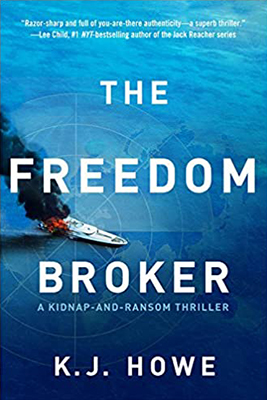










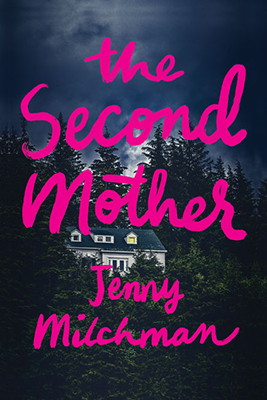
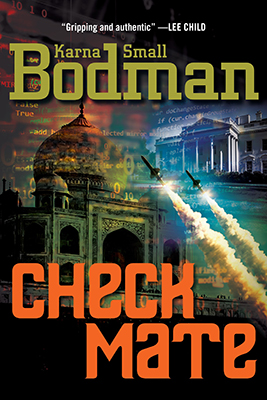






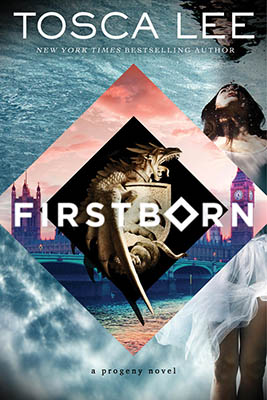












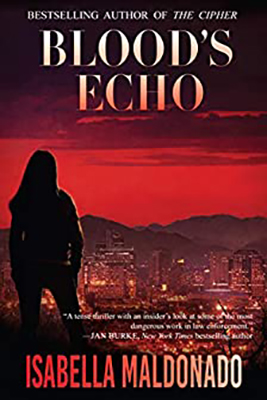







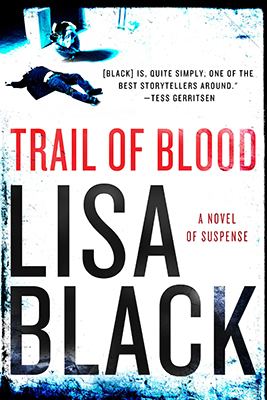
What a fabulous example of what we geopolitical writers go through as we wend our way through modern politics and historic forces, Chris. And I loved both books. Red Sky radiated adventure and a compelling sense of You Are There!
I handle the website for my church–pretty simple, a very easy task. The domain host gives me a snapshot every time I sign on of how many visitors we've had in that month and the top spots where these users are located. #1 every time–Kiev, UA.
I can assure you we do not have enough Eastern European tourists in this area that they are not checking out the service times in our little church before they make the trip. No, it's hackers.
It's moved around…for a while they shared the list with Odessa, then somewhere in Belarus. But it's come back to Kiev. Occasionally China makes the top 5, but #1 always belongs to either Ukraine or Russia.
Interesting post, Chris. I'd love to go and scout out places. You're far braver than I!
Sounds like you captured the complicated and conflicting world we live in. Kudos to you for visiting! When I went to Cartagena, Colombia for research a few years ago many were concerned-the FARC was still quite active, but I loved the old town and the people were wonderful. Visiting an area (if you can) really helps, doesn't it? And Red Sky is a great read!
I love historical posts.